What makes a good movie trilogy? As this list demonstrates, there are many ways to approach it, but no strict formula. Some of cinema’s best-loved trilogies have emerged by accident.
Some trilogies stick to Scream’s jokey formula, increasing threat and spectacle while adding callbacks and twists. Others have picked up unfilmable book sequences and made adapting them look simple.
But there are rules. While these trilogies cross genres and their success has sometimes made additional sequels and franchises inevitable, they have to form a cohesive sequence of three films. Sure, many are let down by their concluding part. Others miss the opportunity a trilogy provides to let the second film soar, not limited by a conventional beginning or end.
However, it is essential that a trilogy takes us on a journey and brings a sense of conclusion after their long three-act structure. From Three Colors to Two Towers to one Dark Knight, these are the best movie trilogies.
The Trilogy Of The Dead (1968-1985)
George Romero made six Night of the Living Dead films, but the initial trilogy redefined the zombie horror genre. Filmed across three decades, the movies are loosely connected, but each explores a distinct set of themes as humanity slides into the apocalypse. The first film, 1968’s Night of the Living Dead, is an atmospheric black and white siege that draws social commentary from seven survivors boarded up against the undead threat in a Pennsylvanian farmhouse.
By the third film, 1985’s Day of the Dead, the outnumbered humans have fallen back to compounds, where Romero turns his gaze on to their capacity for self-destruction and the suggestion of a cycle as zombies start to re-learn. The standout is the middle film, 1978’s Dawn of the Dead. A compelling and tense mall-set action film, its satire on consumerism ensured its place as one of the most influential zombie films.
The Infernal Affairs Trilogy (2002-2003)
This Hong Kong trilogy packed a punch when it arrived in theaters in a little over a year. The story of two undercover moles infiltrating triad society and the Hong Kong Police Force, respectively, has an emotional complexity that many crime films would stab themselves in the back for. Western audiences may be more familiar with Martin Scorsese’s adaptation of the first film, which he renamed The Departed. It says a lot that the American remake didn’t continue to explore the timelines of its Hong Kong inspiration. Even the pun translation of the original trilogy’s title misses the intensity of the Chinese. “The non-stop way” references continuous hell in Buddhism.
The Toy Story Trilogy (1995-2010)
Toy Story couldn’t stop at three films, but it’s the first three that make it a near-perfect trilogy. Each combines to explore the agony of growing up in a way never shown on film before. The arrival of adolescence and the reality of death are both here. Undeniably adult, brilliantly funny, and expertly cast, Toy Story is the perfect example of Pixar’s extraordinary gift for imaginative, emotional, and quality storytelling.
The Three Colors Trilogy (1993-1994)
Each of Blue, White, and Red explores the virtues of the French tricolor flag through a different genre: liberty, equality, and fraternity. After the tragedy of the French-language Blue, White is a Polish comedy, while Red is a French-Polish romance. Alternatively, they can be viewed as contradictions of those genres. By the time you reach Red’s conclusion, the connections and redemptive power of Krzysztof Kieślowski’s emotional masterpiece are clear. The director retired after Red’s Cannes premiere and died two years later.
The Dollars Trilogy (1964-1966)
An accidental trilogy, director Sergio Leone didn’t intend the films to be linked. Clint Eastwood’s central antihero, popularly known as ‘The Man with No Name’, carries a different nickname in each movie. Actors pop up playing different parts, and Ennio Morricone’s memorable scores are distinct. Still, the films naturally fit together.
Even when the triumphant conclusion, The Good, The Bad and the Ugly, steps back in time to a Civil War setting, the continuity isn’t disrupted. Any inconsistencies quickly become an integral part of a trilogy that changed cinema through the scope of its thematic vision. Arriving when the Western genre was losing popularity, Leone’s masterful reinvention launched the term “Spaghetti Western” and another hundred other films with “dollar” in their title.
The Alien Trilogy (1979-1992)
It’s an imperfect trilogy with a controversial third part, but it was the patchy fourth film that made the faults of the Alien franchise clear. The original three films have a perfect escalation. The first two are always brought up in the age-old debate of whether a sequel can surpass its original. Each works on a separate side of the horror spectrum⏤ haunted house and action assault. David Fincher’s third installment was compromised, but its intention to simplify the odds on a prison planet⏤originally conceived as a wooden satellite⏤is a brilliant reaction to Aliens. Alien 3 provides a spiritual and iconic ending to the trilogy, whether you love it or hate it.
The Dark Knight Trilogy (2005-2012)
Like many comic book characters, Batman has sometimes struggled on screen. Film’s three-act structure doesn’t lend itself to the strengths of comics’ long-form storytelling and recurring characters.
Middle film the Dark Knight is the mature, action thriller that dominates the trilogy. It raised a bar for comic book films, which was in no small part thanks to Heath Ledger’s revelatory performance as the Joker. The third film The Dark Knight Rises was always going to struggle to live up to its predecessor. It’s hampered by one of the comic’s most famous storylines but provides a solid tie-up. Nolan managed the near-impossible: telling the complete, painful, and short story of cinema’s most realistic Batman with a typically ambiguous ending.
The Indiana Jones Trilogy (1991-1989)
This is another trilogy that’s been extended, but in many ways, 2008’s Kingdom of the Crystal Skull confirms why the original three films work so well. Not devised as a trilogy, the first three achieve an accidental balance. Recalling a period of old serials that never truly existed, the films add a spiritual weight by placing a major religion at the heart of each plot: Judaism, Hinduism, and Christianity. While Temple of Doom is the weakest link, it’s tough to choose between the near-perfect realization of Raiders of the Lost Ark’s concept and the exquisite pace and filmmaking of The Last Crusade.
The Godfather Trilogy (1972-1990)
Another trilogy with a delayed and disappointing conclusion, this trilogy’s fame is assured by the first two films. Mario Puzo’s crime novel proved that cinematic masterpieces could emerge from pulp beginnings. It’s massively helped by performances from legendary actors who define two generations. The bridge between Marlon Brando and Al Pacino was only enhanced when Robert DeNiro joined the sequel. Packed with literary references, it contributed iconic scenes and enduring quotes to film history.
The Back To The Future Trilogy (1984-1990)
Back to the Future’s success depended on its straightforward, fun approach to an intricate plot, but it wasn’t planned that way. The sequels only became inevitable following the success of the 1984 original. The two films that followed were shot back-to-back in the typically innovative style of director Robert Zemeckis with stories dictated by the way the creators had left the first film’s cliffhanger. Not that audiences complained. It was an instantly influential trilogy, not least because it presented its time travel paradox as a fact many movies have had to follow or answer ever since.
The Original Star Wars Trilogy (1977-1983)
Few trilogies were as unplanned as the original Star Wars. Creator George Lucas was famously hiding out on a beach holiday when the film opened in 1977, convinced that he’d directed the final film of his career. The box office splash and cultural phenomenon that followed speaks for itself. Star Wars has tried and failed to repeat the trick twice. Even when John Williams is on scoring duty, the original trilogy’s simple plotting, classic character beats, and inspiring mythology are difficult to recapture. Yes, its hectic production resulted in contradictions and accidental red herrings, but these became part of the franchise’s appeal. There was some kind of Force running through this trilogy.
The Lord Of The Rings Trilogy (2001-2003)
Sit the Extended Editions of these films next to the three volumes of JRR Tolkien’s fantasy epic and you’d think this was a straightforward adaptation. But that’s just the way Peter Jackson and the machine he built to bring this beloved tale to life made it look. Picking through Tolkien’s dense lore and extended material to shape a cohesive narrative was no mean feat. The only certainty was when Return of the King swept up the Oscars in 2004⏤an immediate acknowledgment that Lord of the Rings is one of popular filmmaking’s outstanding achievements. Jackson’s schlock-horror background didn’t promise much, but his ingenuity, enthusiasm, and ambition were essential. Each film stands up, but The Two Towers brilliantly showcases the freedom that every middle part should enjoy in a trilogy.



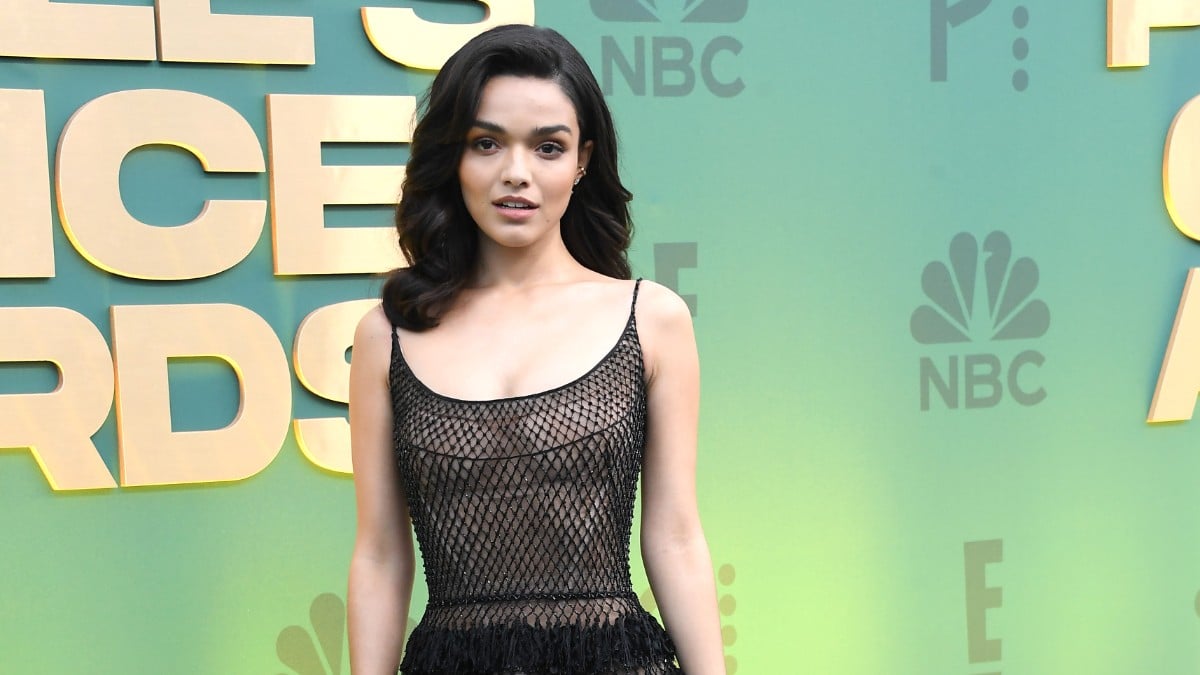
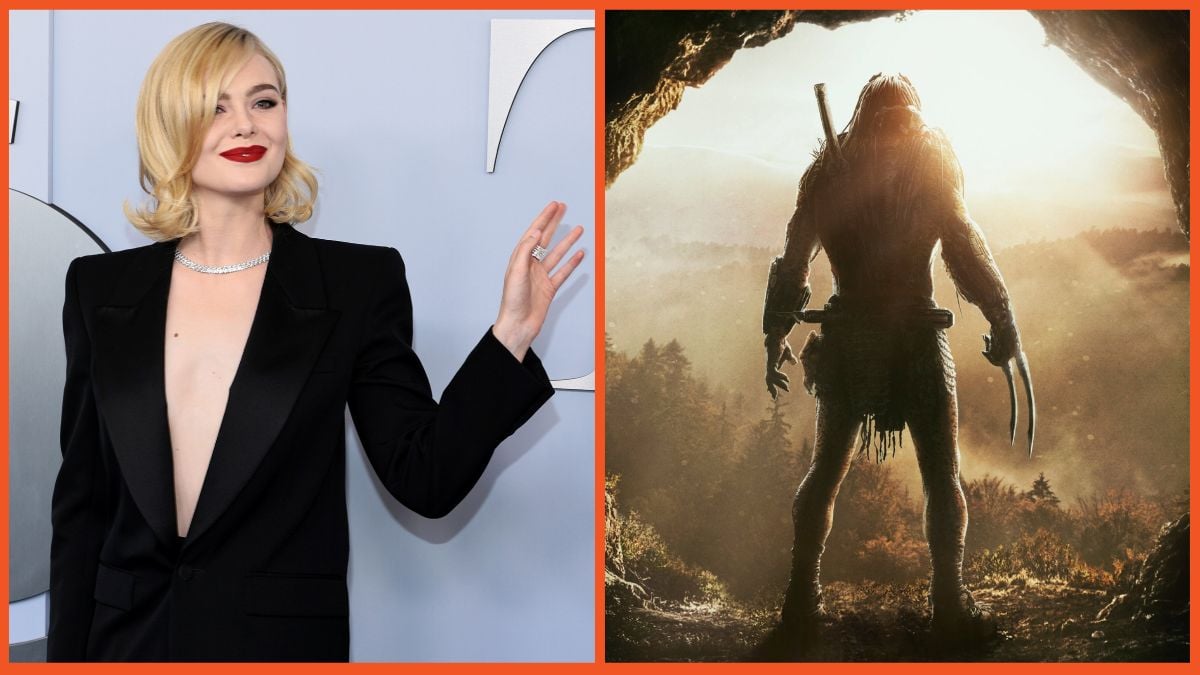
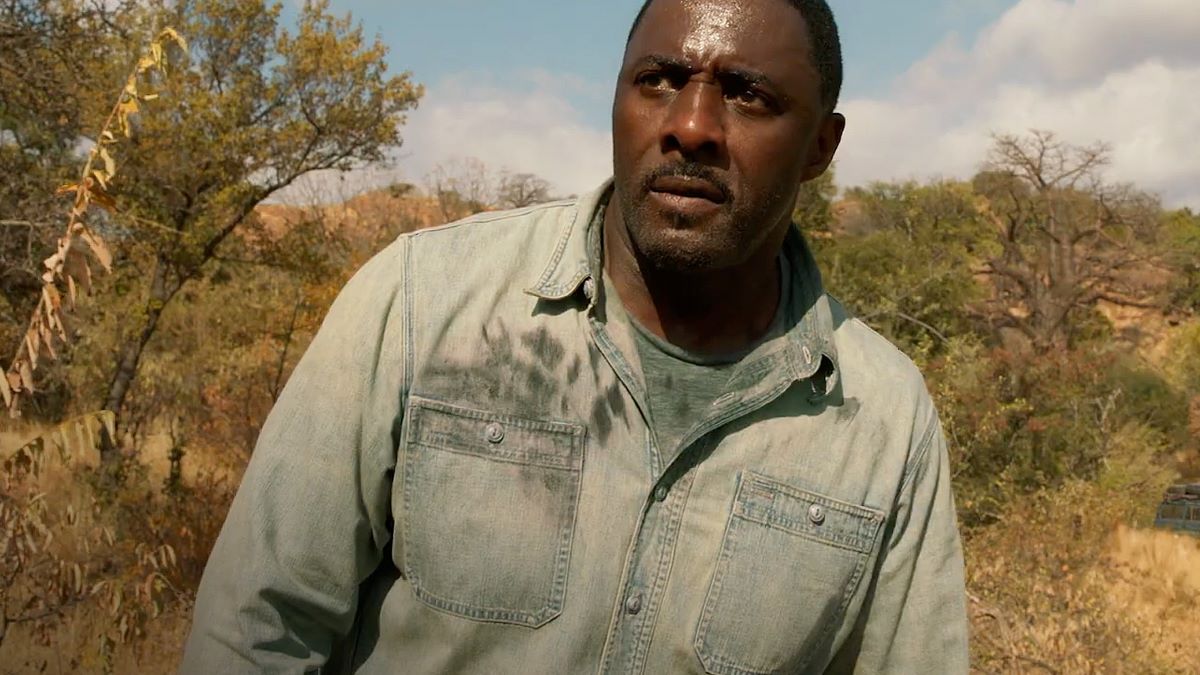
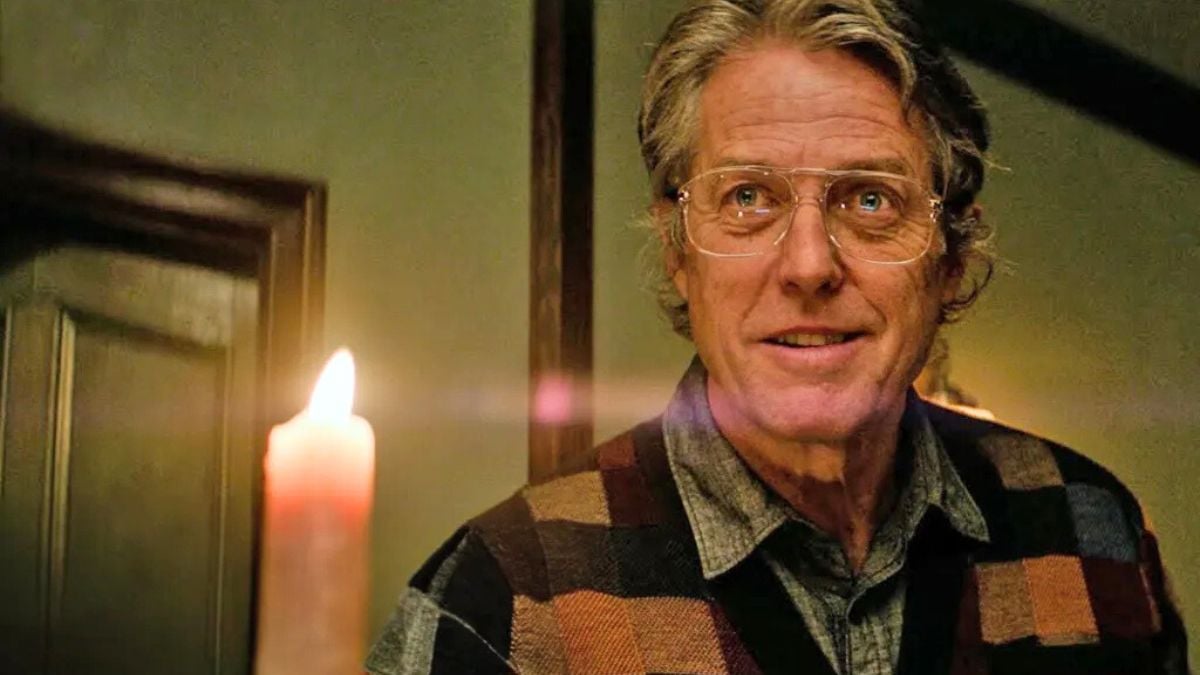
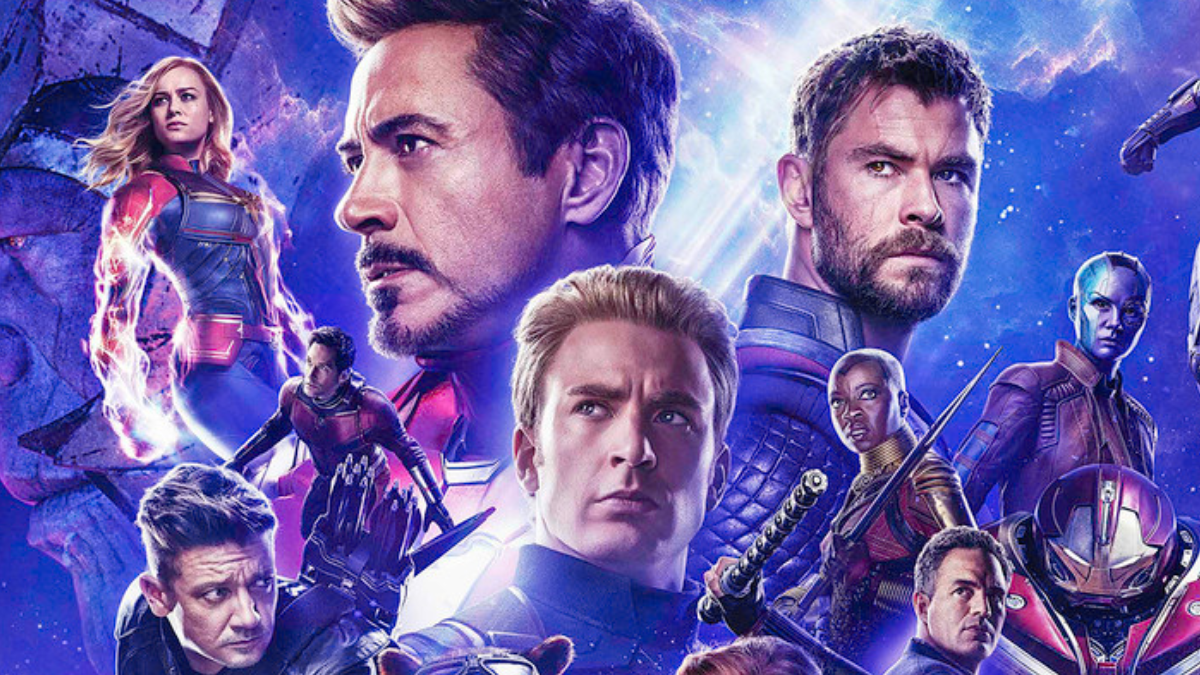

Published: Sep 19, 2021 04:11 pm